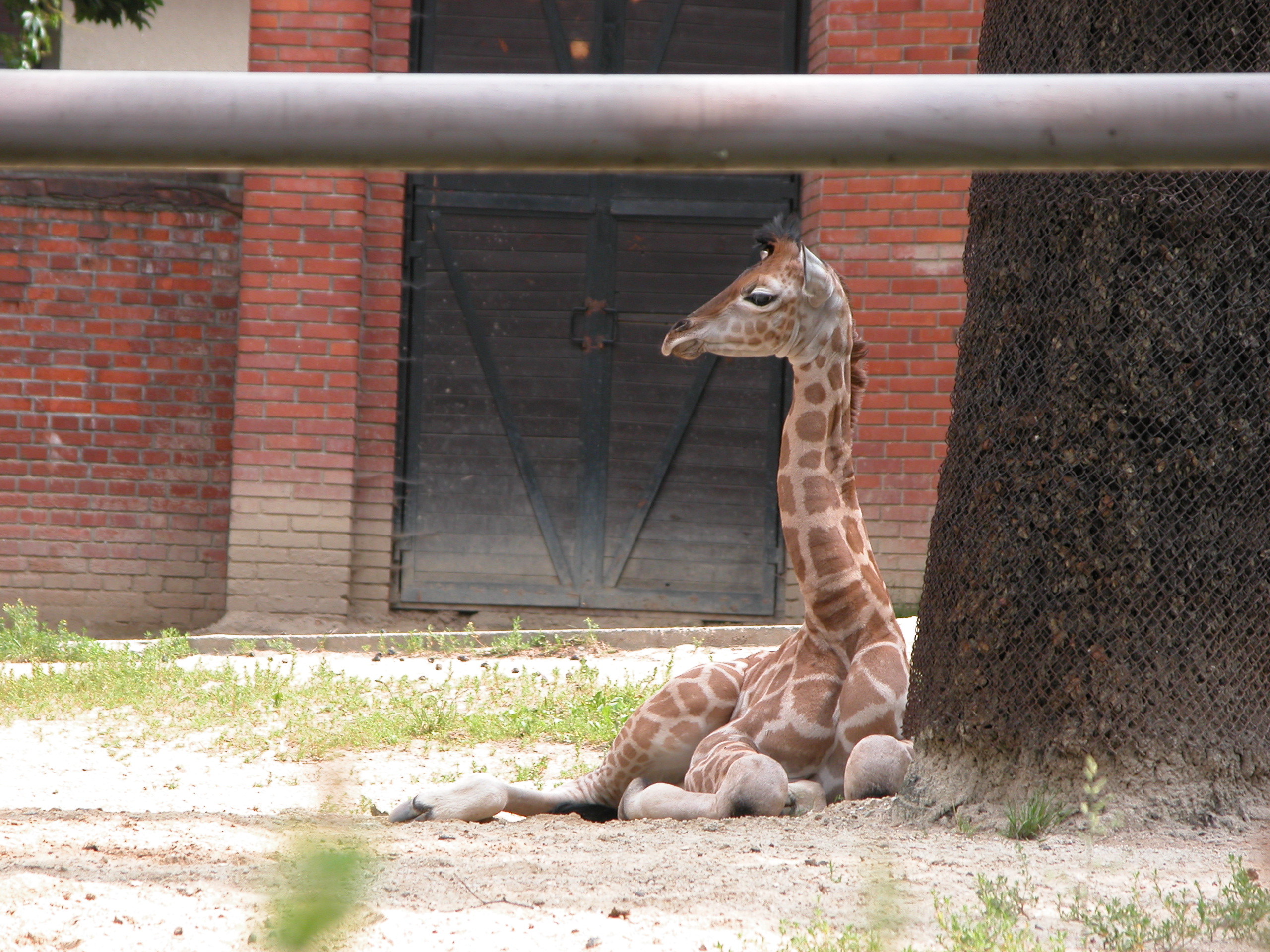Four Things Your Mom Should Have Taught You About Personalised Gifts U…
페이지 정보

본문
One of the most exciting trends in contemporary garden design is the use of green roofs and living walls, which help to mitigate the effects of urban heat islands and provide habitat for pollinators and other wildlife. These innovative designs are helping to transform the urban landscape, creating vibrant and sustainable spaces that benefit both people and the environment.
The Victorian era ushered in a new era of garden design, with the rise of the gardenesque style and the influence of exotic plants and materials from around the world. Victorian gardens were characterized by their eclectic mix of styles, materials, and plants, with ornate structures, intricate borders, and colourful displays. The formal bedding schemes and intricate parterres of the Victorian era reflected the opulence and grandeur of the period, with an emphasis on display and showmanship.
 In the 17th and 18th centuries, garden design in Britain underwent a series of transformations, influenced by the rise of the English landscape movement and the Enlightenment ideals of naturalism and rationality. Landscape gardens, such as those created by Capability Brown and Humphry Repton, sought to mimic the beauty and harmony of nature, with sweeping vistas, rolling lawns, clumps of trees, and serpentine lakes. These gardens were designed to evoke a sense of calm and serenity, in contrast to the formalism of earlier styles.
In the 17th and 18th centuries, garden design in Britain underwent a series of transformations, influenced by the rise of the English landscape movement and the Enlightenment ideals of naturalism and rationality. Landscape gardens, such as those created by Capability Brown and Humphry Repton, sought to mimic the beauty and harmony of nature, with sweeping vistas, rolling lawns, clumps of trees, and serpentine lakes. These gardens were designed to evoke a sense of calm and serenity, in contrast to the formalism of earlier styles.
In the 20th century, garden design continued to evolve with the emergence of modernist and postmodernist movements, influenced by changing social, cultural, and environmental factors. Modernist gardens, such as those designed by Gertrude Jekyll and Lawrence Johnston, sought to blend art, architecture, and nature in a harmonious fusion of form and function. Postmodernist gardens, such as those created by Charles Jencks and Martha Schwartz, embraced irony, playfulness, and eclecticism in a bold departure from tradition.
One of the key benefits of having houseplants in our homes is their ability to improve air quality. Plants naturally remove toxins from the air through a process called photosynthesis, where they take in carbon dioxide and release oxygen. check out this one from Mixup can help to reduce the levels of harmful chemicals such as formaldehyde, benzene and trichloroethylene, which are commonly found in indoor environments due to household products and pollution. By having a variety of houseplants in your home, you can create a healthier and cleaner living space for you and your family.
The history of garden design is a rich tapestry of styles, influences, and innovations, reflecting the changing aspirations, values, and aesthetics of different societies. From the formal gardens of ancient civilizations to the contemporary landscapes of today, the art of garden design has continually evolved to meet the needs and desires of each era. The principles of sustainability, biodiversity, and ecological sensitivity are now guiding the evolution of garden design, as designers seek to create landscapes that are both beautiful and environmentally friendly. The future of garden design promises to be as diverse, dynamic, and innovative as its past, as designers continue to push the boundaries of creativity and imagination in shaping the landscapes of tomorrow.
Contemporary garden design often combines elements of art, architecture, horticulture, and ecology, in a seamless integration of form and function. Designers work with a diverse palette of materials, plants, and techniques, to create gardens that are both aesthetically pleasing and ecologically responsible. Water conservation, native plantings, wildlife habitats, and organic gardening are just a few of the key considerations in contemporary garden design.
Garden design has been an integral part of human culture for centuries, reflecting the values, aesthetics, and aspirations of different societies. The history of garden design is a fascinating journey through time, showcasing the evolution of styles, techniques, and trends. From the formal gardens of ancient civilizations to the picturesque landscapes of the Romantic era, the art of garden design has continually evolved to suit the needs and tastes of each era.
3. Humidity: Tropical houseplants thrive in a humid environment. To increase humidity levels around your plants, you can mist them regularly, place a humidifier nearby, or group them together to create a microclimate.
In conclusion, the history of garden design in Britain is a testament to the enduring power of nature and the human desire to create beauty and order in the world around us. From the formal gardens of the Tudor era to the wild landscapes of the Romantic period, the evolution of garden design in the UK has been shaped by a diverse range of influences and continues to inspire and delight us to this day.
Houseplants have become increasingly popular in recent years, with many people recognising the numerous benefits they bring to both our homes and our well-being. From improving air quality to boosting mental health, the humble houseplant is a simple yet effective way to add a touch of nature to our indoor spaces.
- 이전글Tips on how to Create Your PokerTube - Watch Free Poker Videos & TV Shows Technique [Blueprint] 24.09.23
- 다음글A Provocative Rant About Mesothelioma Compensation 24.09.23
댓글목록
등록된 댓글이 없습니다.
